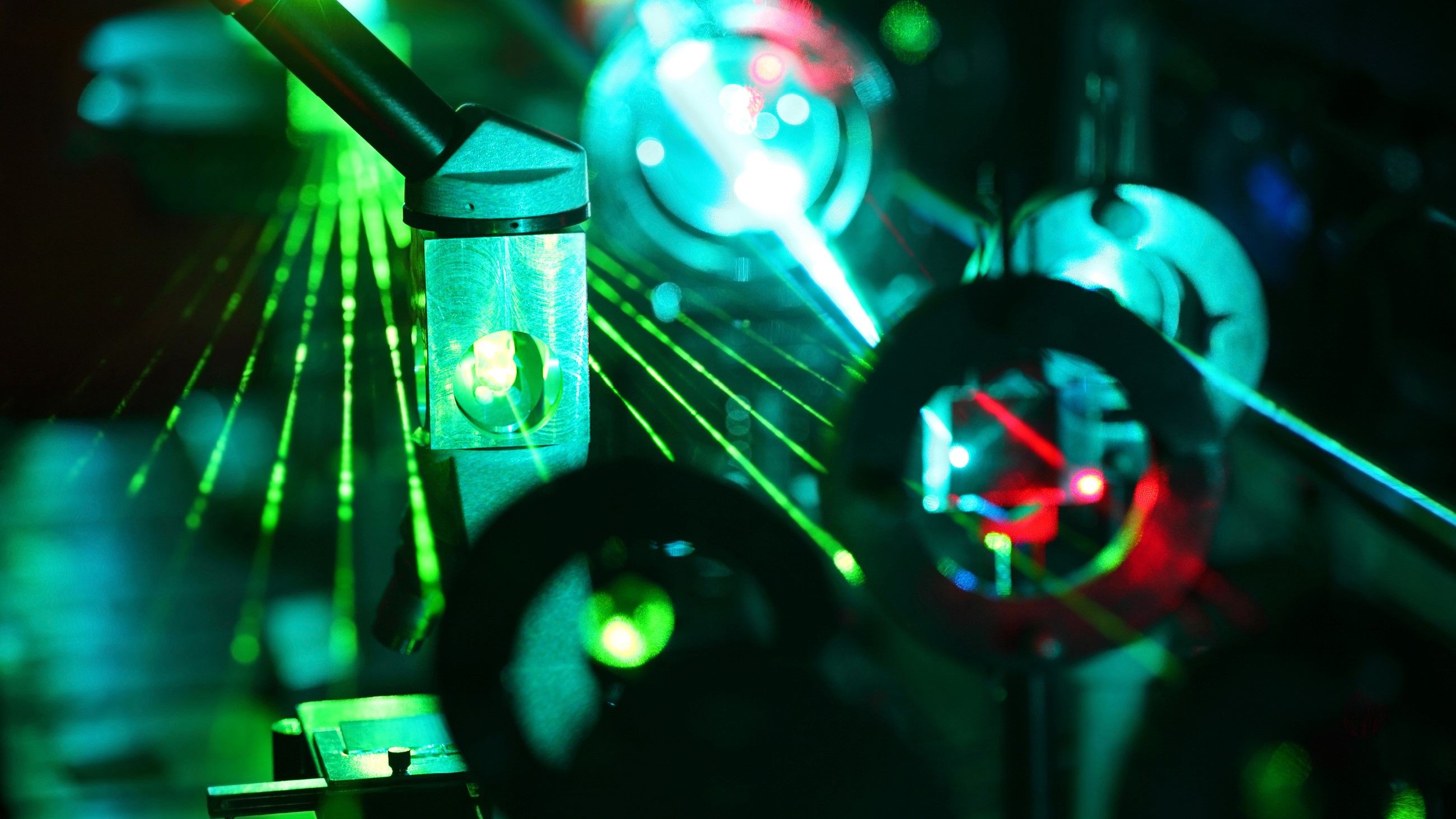
Researchers at the Military University of Technology are working on the future Polish array of far infrared detectors, the components of which will be environmentally friendly and at the same time meet the requirements of the most advanced applications, including military ones.
'Thermal imaging devices, or - more precisely - cameras based on arrays of detectors operating in the long-wave range of the infrared radiation spectrum (8-14 micrometers), make it possible to conduct observation of the surroundings in darkness, fog, smoke and even rain and, unlike night vision devices, they do not require any lighting. They are also useful for police and military services to detect people, including those who attempt to illegally cross the border', says the project leader, Col. Professor Małgorzata Kopytko.
For the needs of the far infrared array, a photon detector will be developed based on semiconductors from the AIIIBV group. 'The research will not only be of great cognitive importance, it will also enables the development of the first Polish array of detectors operating in the long-wave range of infrared radiation and thermal imaging devices based on them', Kopytko says.
She adds that infrared radiation is emitted by all bodies. It is electromagnetic radiation invisible to the human eye, with wavelengths longer than the wavelength of red light.

The detector array records infrared radiation emitted by bodies. If a body's temperature is low, the range of wavelengths of thermal radiation emitted by that body extends well beyond what’s visible to the human eye. Thermal radiation can reach its maximum intensity at wavelengths corresponding to microwave radiation - an example is the relic radiation of the Universe. Bodies at a temperature close to room temperature emit thermal radiation in the far infrared range. Radiation emitted by the human body peaks at wavelengths between 9 and 10 micrometers.
The researcher adds that the most advanced devices are currently based on technology based on cadmium-mercury telluride. However, environmental standards limit the use of heavy metals such as mercury, cadmium and tellurium. An alternative to the long-wave infrared range may be semiconductors from the AIIIBV group combined with semiconductors with wide energy gaps.
The co-financing for the project 'Interband cascade detector based on AIIIBV group semiconductors for the needs of the far infrared array', in the OPUS 26 competition will exceed PLN 1.7 million. (PAP)
PAP - Science in Poland
kol/ bar/ kap/
tr. RL













